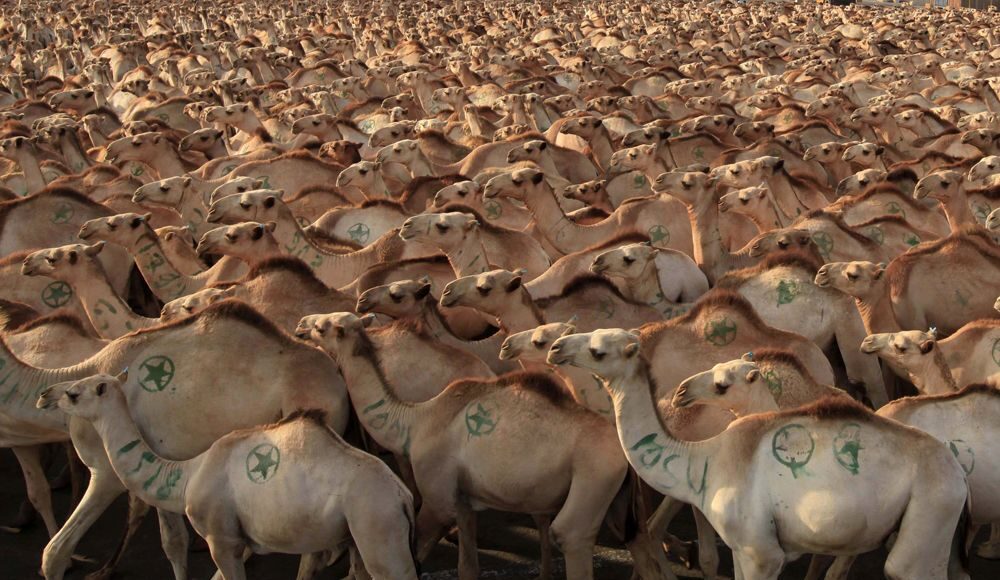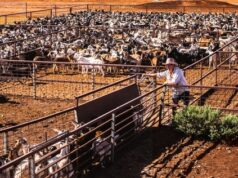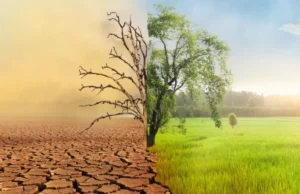Camel exportation has played a significant role in Somalia’s economy for decades. As one of the largest producers and exporters of camels in the world, Somalia has long relied on this trade to support livelihoods, generate income, and sustain rural communities. However, the economic contribution of camel exports has experienced considerable changes due to political instability, particularly after the collapse of the central government in 1991.

Before the collapse, camel exportation was well-organized under government regulation. Livestock trade was a key sector, contributing substantially to national income. Somalia exported camels mainly to Gulf countries such as Saudi Arabia, the United Arab Emirates, and Oman. The government supported the industry through established export procedures, veterinary services, and trade agreements. This system ensured the quality of camels exported and maintained the country’s reputation as a reliable livestock supplier. Revenues from camel exports supported infrastructure development, education, and healthcare services.
The situation changed dramatically after the collapse of the central government. The absence of a functional government led to a breakdown in regulation and quality control. Despite this, camel exports persisted due to the resilience of Somali traders and the global demand for livestock. Informal trade networks emerged, often bypassing state control. While this kept the trade alive, it also reduced government revenue, as many exports went untaxed. Smuggling and illegal trade routes became common, undermining economic stability.
In recent years, despite continued political instability, Somalia’s camel export sector has shown remarkable recovery. The re-establishment of some governmental institutions and international support has helped improve livestock health services and export certification processes. Efforts to revive formal export channels have increased government revenue and reduced illegal trade. Camels remain a key export product, contributing significantly to foreign currency earnings and household incomes, especially for pastoralist communities.
Overall, camel exportation has been a lifeline for Somalia’s economy through both stable and unstable periods. While the collapse of the central government caused disruptions, the sector’s survival reflects the resilience and adaptability of Somali traders and herders. Restoring effective governance and modernizing livestock trade systems could further enhance the economic benefits from camel exports in the future.














